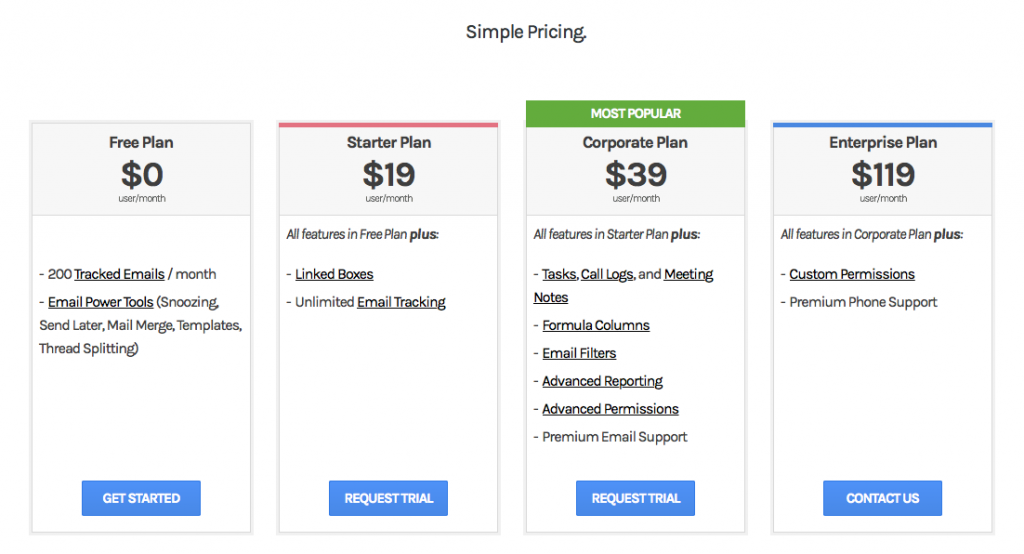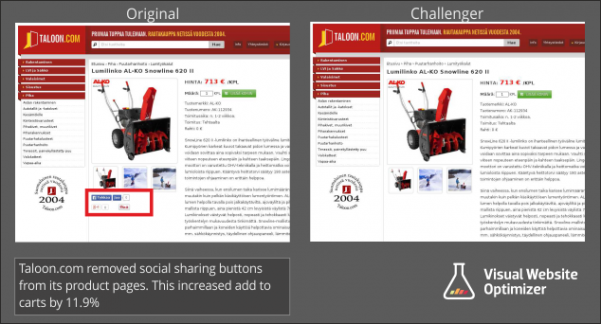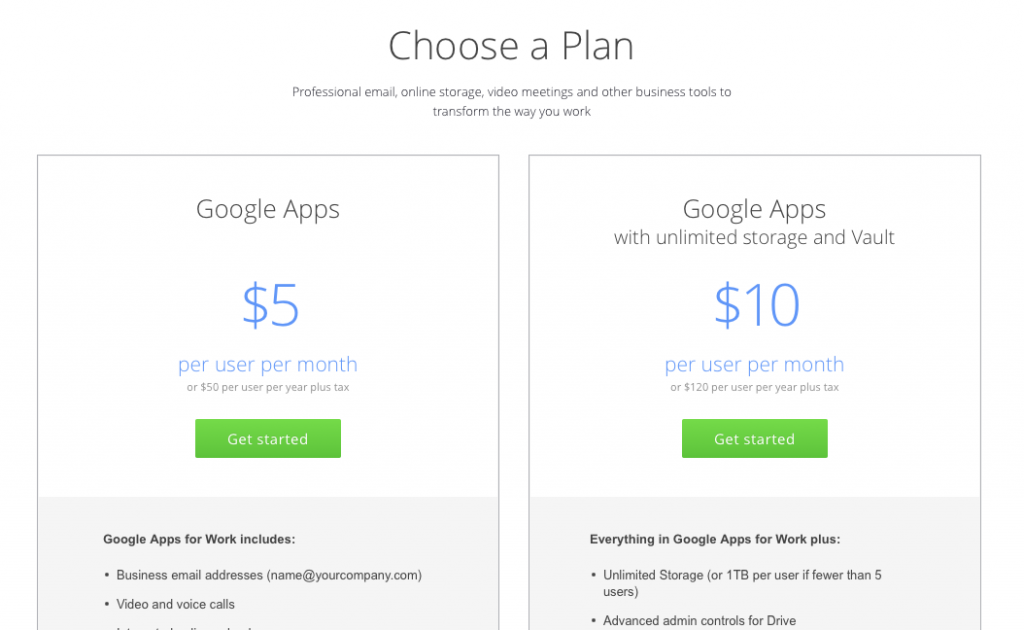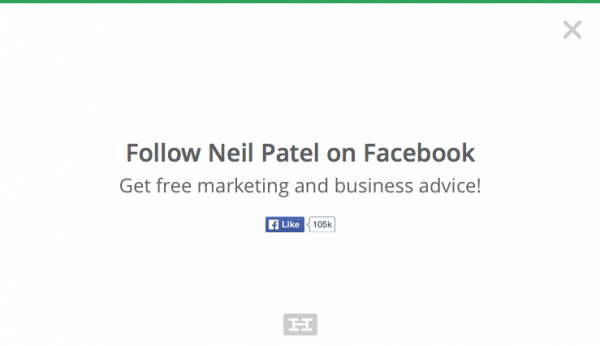When we’re marketing online, we can often get caught up in the hard sell. Aggressively targeting, or aggressively buying keywords. Back linking and outbound links like nobody’s business. Doing everything we can to drive traffic and conversions. Basically, the hard sell. It’s a part of the internet, and it’s not necessarily a bad thing.
But there is another, gentler way. What if you could drive people towards your desired behaviour so gently that they didn’t even notice? Made your CTAs so alluring that people were just compelled to click them?
Enter the nudge – a gentle push from you to get your traffic moving in the right direction. We’re going to cover what a nudge is and where they came from, plus 5 awesome examples from around the internet.
What is Nudge Marketing?
It’s a simple idea – if you subtly promote the choice that you want people to make, people will naturally gravitate towards that choice. Of course, it has to be simple, and it can’t ban or inhibit the behaviour that you don’t want.
Instead of hitting your customers over the head with your call to action, nudge marketing is meant to gently push your customers towards the action you want using subtle cues.
It is essentially a consumer influencing strategy: by manipulating how and when information is presented to consumers, you can steer them towards the behavior you’re hoping for.
There’s a pretty strong theoretical basis for this.
Nudge theory has been prevalent in politics and behavioral economics for decades, and it was popularized in a 2008 book by economists Richard Thaler and Cass Sunstein. In the book, they describe a nudge as ‘any aspect of the choice architecture that alters people’s behavior in a predictable way without forbidding any options or significantly changing their economic incentives.’
So what does this look like in practice?
There are countless examples of nudges out there: the UK government has had its own dedicated ‘Nudge Unit’ dedicated to encouraging people to make better social choices; supermarkets use nudge marketing to boost produce sales; and nudges have been used in some industries to achieve a ‘zero accident’ workplace culture.
Traditionally, nudge theory was referenced in the context of driving people to make good decisions instead of bad ones. For example, if you’re a politician who’s worried about the obesity epidemic, you might nudge people to eat healthier by putting apples and oranges right beside supermarket checkouts instead of chocolate. It encourages people to make the right decision by making the right decision really easy to make, without ruling out their ability to buy chocolate (e.g. chocolate isn’t illegal).
That’s a nutshell explanation of nudges. And obviously, since nudges are concerned with behavioural change, it’s hardly surprising that they’ve been incorporated into marketing as well (after all, if nudges can be used to sell apples over Snickers bars, then they can be used to sell SaaS).
Marketing online in particular can be aided by nudges to gently push your visitors towards converting. Here are 5 examples of nudges in action.

1. The social proof nudge
By telling your site visitors what other people have liked in the past, you’re more likely to convince new visitors to do that too. Because as much as we like to think we’re all unique snowflakes, we’re really more like herd animals. We like things that other people like.
For example, Streak CRM does this by adding the label ‘most popular’ to their corporate plan on their pricing page.

They also nudged people towards the corporate plan by positioning it above the other plans on the screen. Already, you’re assuming that the corporate plan is the best and the most popular with people like you, so therefore it’s the best plan for you.
2. Numerical anchors nudges
Numbers always make compelling arguments. But they also work as a nudge. If you can anchor your prices against a much higher number, then you’re far more likely to convert people from browsers to buyers.
The best example of this is in infomercials. You know when they say ‘that’s $300 value for a mere $39.95!’ or some such preposterous figure?
Those are numerical anchors. When you hear an astronomical sum followed by a much lower one, you’re actually being nudged towards the lower sum. You think ‘gee, $39.95 isn’t so bad for that product, compared to $300!’ even if $39.95 is more then you were prepared to spend.

3. Option restriction nudge
As we’ve mentioned before, people do not like complexity. While it seems counterproductive, if you can streamline your offering, you can actually increase your conversions as you nudge people towards whatever behaviour you want.
Social shares are a great example.
If you have too many social share buttons, then you will actually cripple social decision making. Limit your options, and you’ll nudge people to share your content more.
For example, Visual Web Optimizer profiled one of their clients where they removed all of their social share buttons and actually increased their add to carts by 11.9%.

Of course, this particular nudge is used all over the web. For example, Neil Patel details how each new form field decreases conversions.
Pricing is another example. Google Apps for Work has just two pricing plans, rather than the more standard three and up.

By keeping things simple, you’ll nudge people towards making a decision, any decision, rather than being paralyzed by too many options.
4. Competition nudge
You can encourage people to both share and convert by using competition. App games channel this nudge better than most. For example, the app game Timberman will post to your Twitter account, challenging your followers to beat it. It’s an easy way to raise the hackles of any enthusiastic competitor.
5. The embedded nudge
If you can embed your desired action, for example a social share, into the user flow, you’re going to nudge people to take action. One example of this is modal windows. By putting your desired action (e.g. newsletter signup) directly in front of the user, you nudge them into taking that action.
QuickSprout, for example, uses a full screen modal widow to drive Facebook followers to Neil Patel’s Facebook page.

Of course, a modal window (some consider) is a poor UX decision since it stops the user from doing what they want. However, there’s always going to be a trade-off between commercial interests and powerful UX. And as commercial interests go, a modal window is fairly unobtrusive.
Summary
Nudges are gentle indicators to your users to push them to do what you want them to. They have to be gentle and easy to execute, and they can’t block off all other options. The goal is to promote the option that you want users to take, not eliminate other options all together. But if they’re used successfully, then you can increase conversions with nothing more than a gentle tweak and a soft touch.
Of course, these are only five types of nudges. There are many more nudges you can implement in your digital marketing to make it easier for people to convert.
All it takes is a nudge in the right direction!
